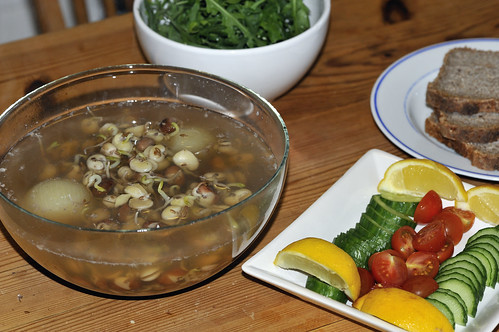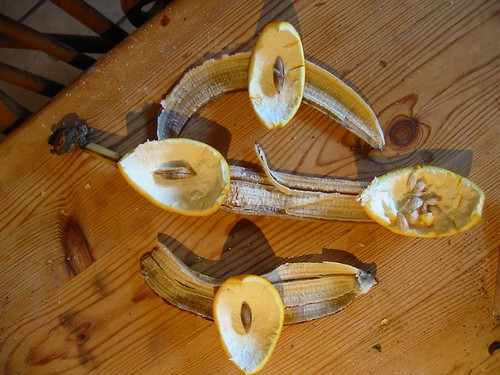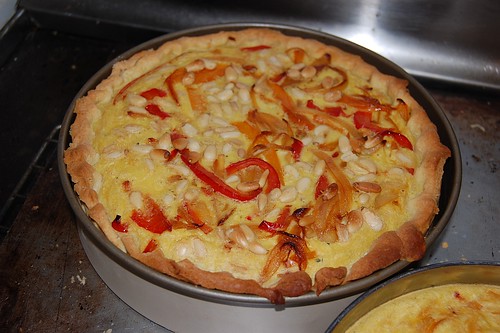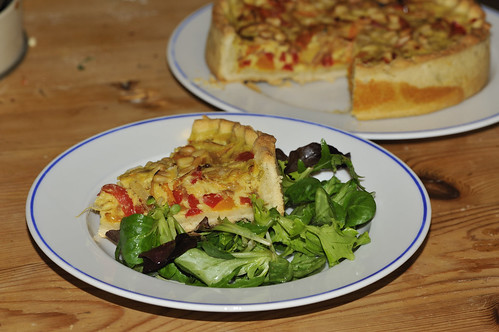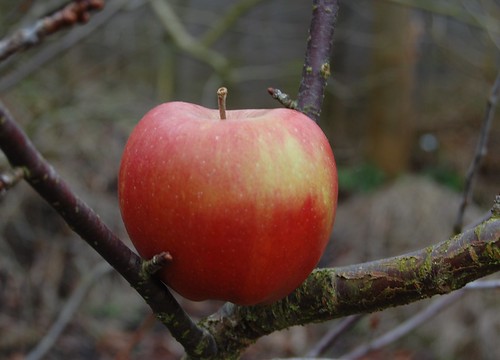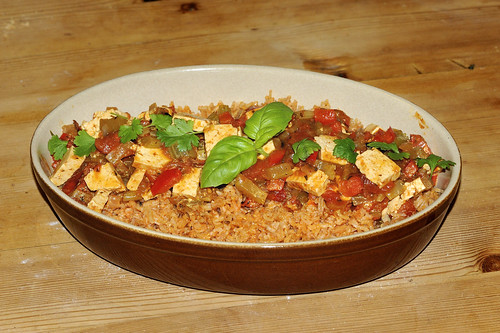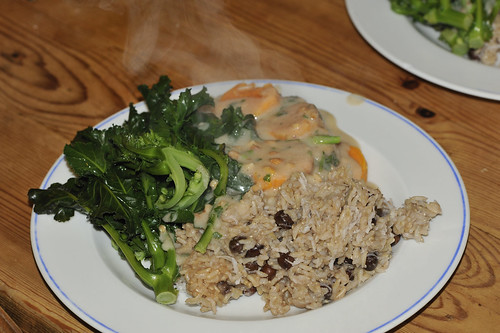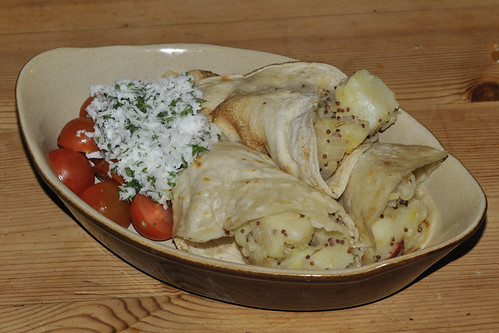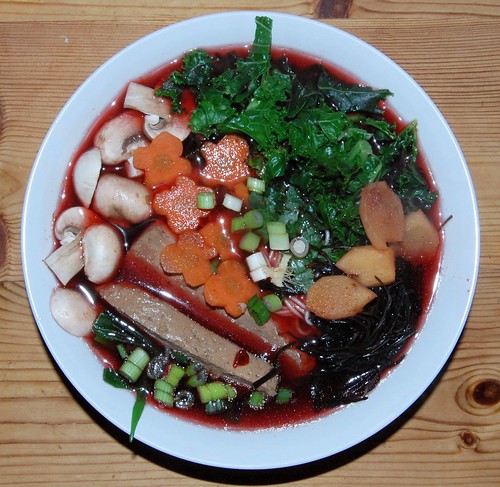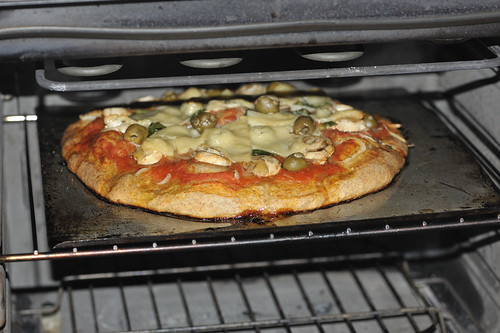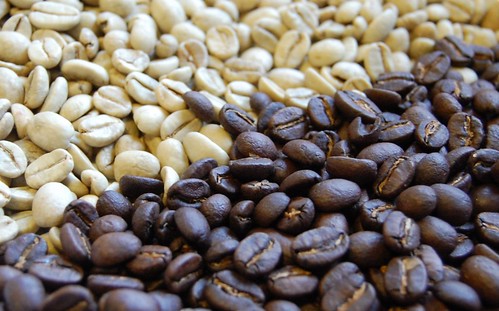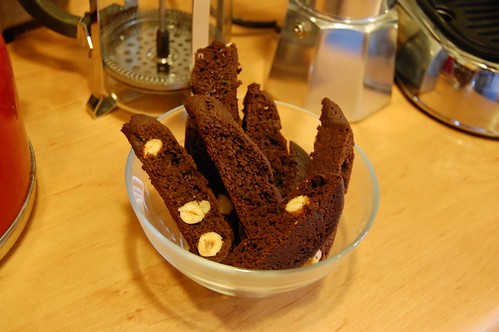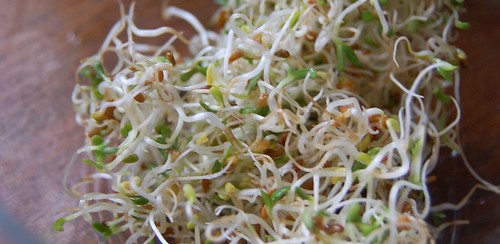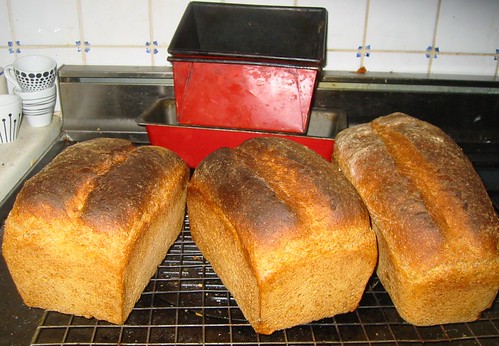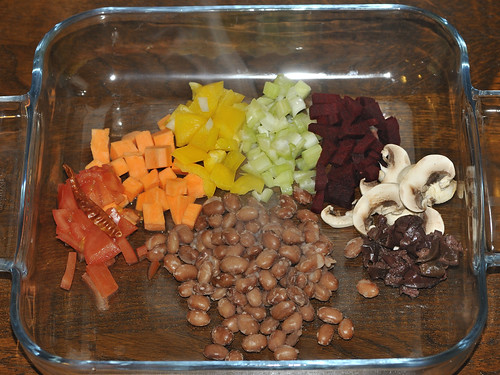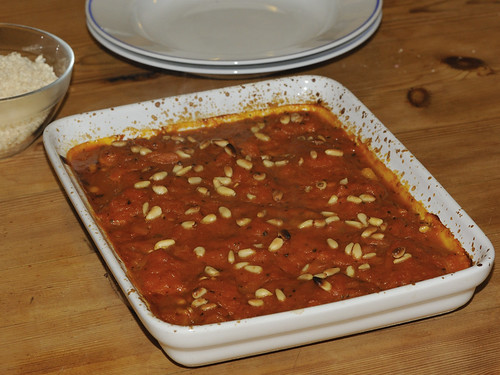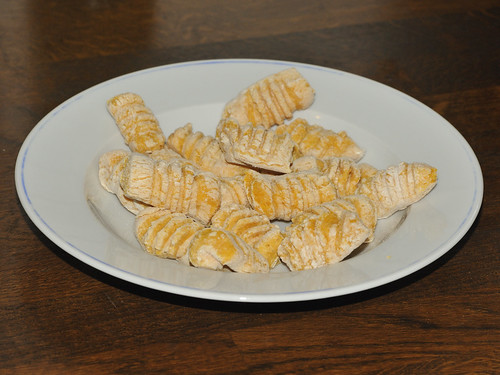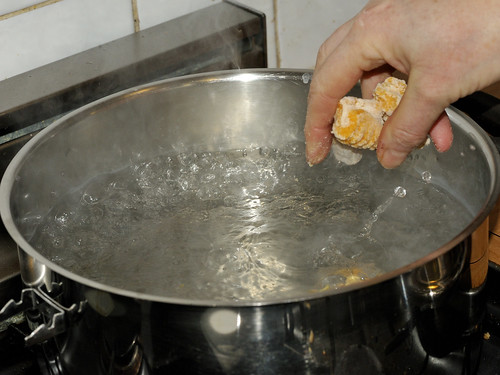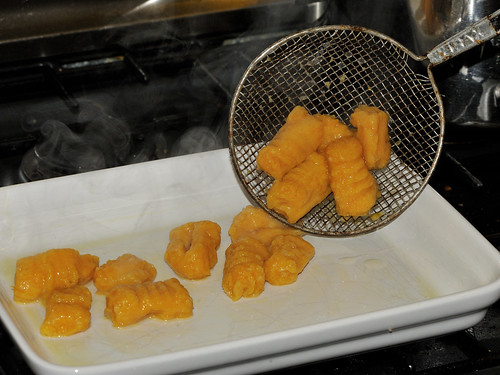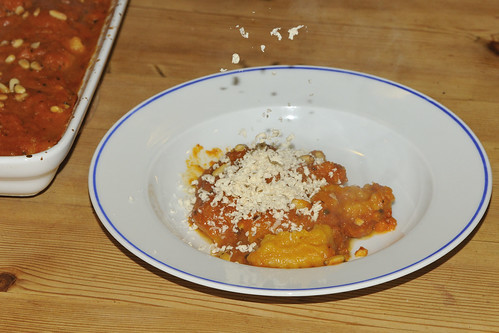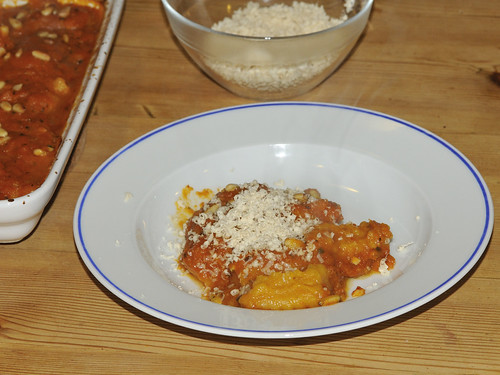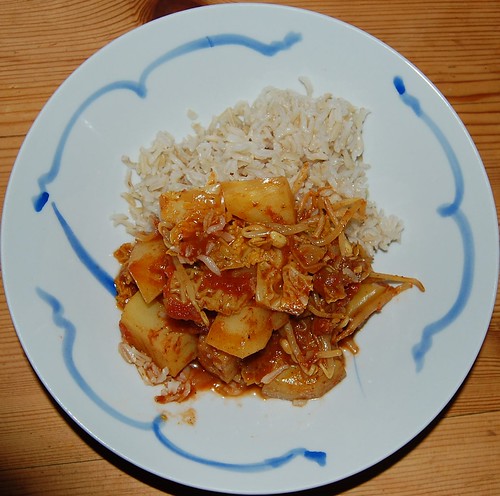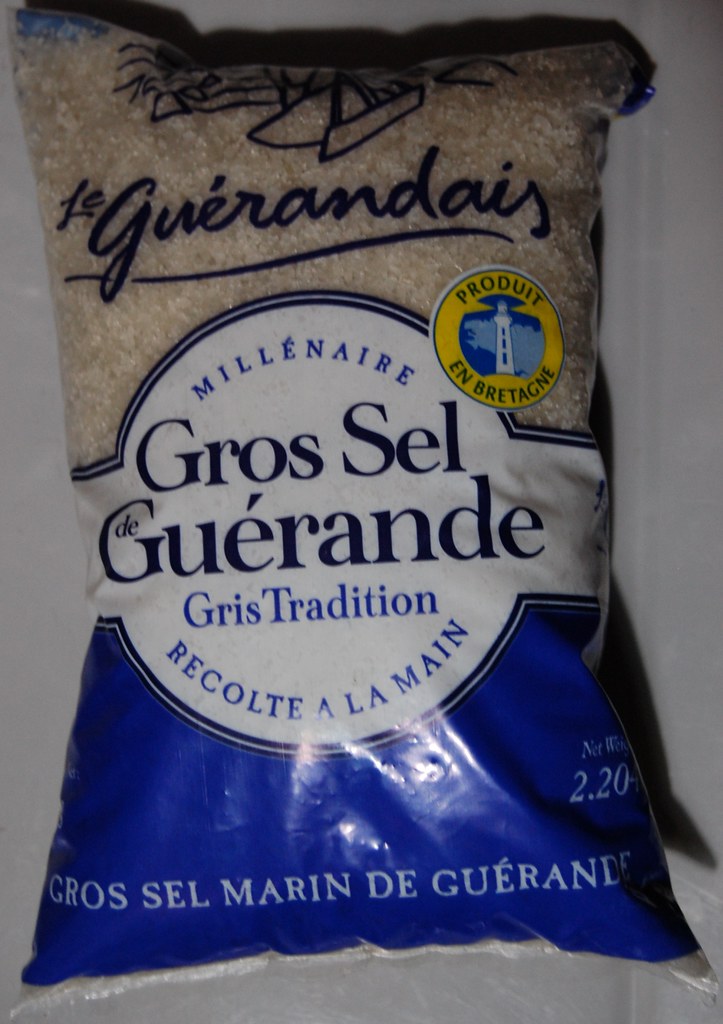
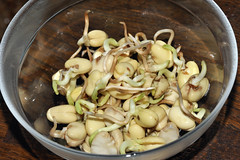
Washed sprouted ful and peeled ful ready for cooking.
Told you I'd come back to sprouts. These are sprouted ful, the broad bean (or fava bean) that is a staple in the Middle East and particularly in Egypt. We've eaten them as ful medames cooked at home or ready prepared from tins, the equivalent of the navy bean in tomato sauce for the Mediterranean, but I had never sprouted them before. When I came across this I was hooked on the idea.
The beans need to be sprouted for several days before they're ready to cook. Put some in a large jar with a cover that will keep out flies, cover with water and soak for several hours then drain off the water. Each day fill up with water, allow to soak for a few minutes, then swill around and drain again. It took nearly ten days for my beans to be ready but it would have been much quicker in warmer weather.
When the beans have a short root and the start of a leaf stem they are ready. I peeled some of ours before cooking but it's not essential and you can either peel them before eating or just eat the skins as well for extra fibre.
I followed the recipe on the Egypt Farm blog pretty closely. Put the rinsed beans in a saucepan that will take them easily and just cover with water. Add one or two small onions, peeled but not chopped, several cloves of garlic, roughly chopped, a pinch of cumin seed and a couple of good grinds of black pepper. Bring to a simmer and cook, uncovered, until tender. I found my beans took about 15 minutes after the water boiled.
Serve the sprouts with their juice adding lemon juice, oil and salt to taste at the table. Use bread to soak up the liquid, which is quite delicately flavoured and have a side salad of green leaves, cucumbers and tomatoes with some olives for a complete meal. The cooked onions can be served as well if liked.
I plan to use the leftovers, lightly broken up in a food processor to make a soup and I think some orange lentils cooked in the broth first before combining the beans and onion back in will make a nice addition.
